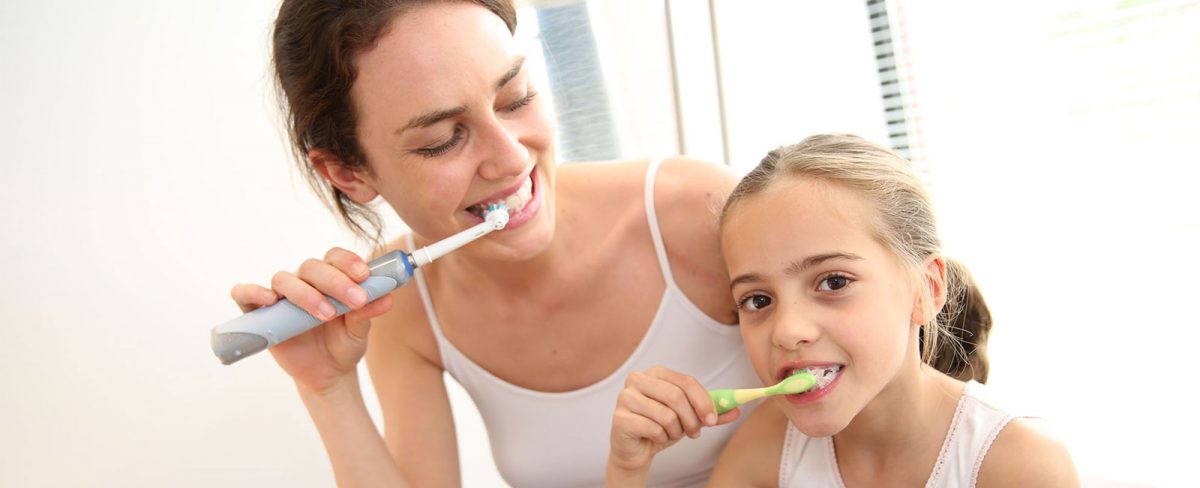Practicing good oral hygiene is of the utmost importance. To ensure all our patients maintain healthy, clean, and fresh teeth and gums, we encourage them to schedule regular check-ups and cleanings with our highly trained dental hygienists every 4-6 months. Everyone at Reedley Family Dental is here to help you with any questions or concerns you have regarding daily dental practices like brushing and flossing.
Frequently Asked Questions About Oral Hygiene Education
1. What is the first thing that you will do while going to a regular oral check-up?
Before anything is done inside your mouth your dentist will need to know about your medical history if this is your first appointment at the dental office or, if you have been to the practice before, any changes in your health such as new medications, diabetes, arthritis, pregnancy, etc. It is important that your dental care team knows about any health concerns, anxieties, or allergies you may have in order to avoid incidents and to make sure you get the kind of care you need.
2. What is a teeth examination?
It is having a look at any problem areas in your mouth. A metal probe with a small angled mirror will be used, which will help we see behind and between teeth and gums, as well as check for the softening of tooth enamel and dentin.
We will also be on the lookout for the swelling of gums in any areas, mouth sores, and redness. Finally, we will measure your mouth’s periodontal pockets, which are the spaces between the top of the gum line and where the gum tissues firmly attaches to the tooth. Ideally, this pocket should only be between one and three millimeters deep, however, deeper pockets can be a sign of gum disease and thus should be closely monitored.
3. What is a dental exam?
The dental exam is different from the initial teeth examination that your hygienist completed as this one is done by your dentist. They will use your dental x-rays to see if there is any loss of bone, fractures, or any other abnormality below your visible gum line before moving on to look for issues with jaw alignment, teeth grinding, and oral cancer.
Once all of this is done, your dentist should have a full understanding of what your oral health needs are, and will be able to prescribe any necessary dental treatments to prevent or treat your issues.
4. Who Needs Dental X-Rays?
Dental x-rays are used diagnostically to help dentists see issues that are otherwise nearly invisible to the naked eye. Adults receive dental x-rays so dentists can better identify and treat various issues. Using these x-rays, your dental professional provider can see:
- Areas of decay, including those in between teeth or under a filling
- Bone loss associated with gum disease
- Abscesses, which are infections at the root of the tooth or between the tooth and gum
- Tumors
- Changes in the root canal
Without an x-ray, many of these problems could go undiagnosed. With an x-ray as a reference, dentists are also better equipped to prepare tooth implants, dentures, Invisalign, and other cosmetic dental treatments.
5. What happens during a Teeth Cleaning?
We will start by scraping off built-up plaque and tartar that collects above and below the gum line before flossing between and around every tooth to remove any plaque or food particles that are clinging on.
We will also give your teeth a smooth and shiny finish using a tooth polisher with a spinning head and slightly abrasive paste. The polishing will get rid of any residue that was previously missed and will make your teeth smoother so that plaque will not collect as easily on them between visits to the dentist.
6. What is the last thing of a regular oral check-up?
The final step of the routine dental checkup is scheduling your next one for a date 4 to 6 months in the future. Scheduling your next appointment right away is the easiest and most effective way to ensure that you don’t forget to have your dental checkup regularly. Even if you are diligent in your personal dental care, there is no better protection against oral issues than having your mouth professionally cleaned and monitored.


